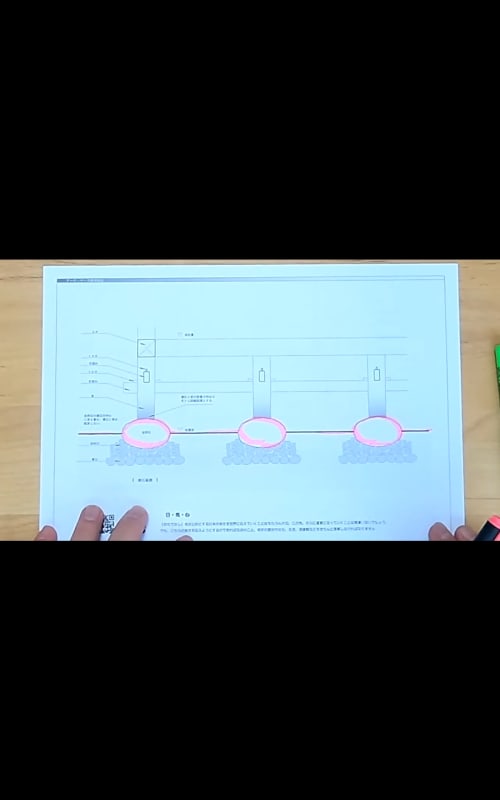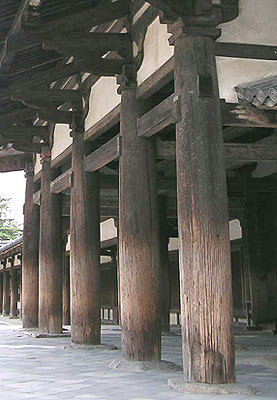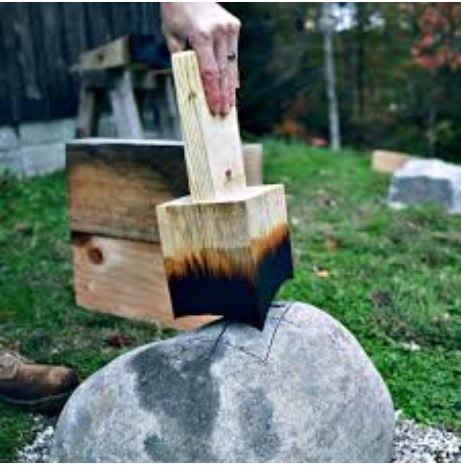Latimerias
Structural
Hello,
When looking at post on stone connections where there is no fastener connecting the two, just gravity, I struggle to see how these structures would not slide off the stones in an earthquake. In one of the photos they place a more rot resistant wood in between stone and post, and in the other the post is directly on stone, and it mentions using crushed lime to test the adhesion between post and stone. How are these connections withstanding time? Thank-you.
https://res.cloudinary.com/engineering-com/image/upload/v1716759762/tips/248367332_1250010908745695_7007566382941923380_n_afezuo.jpg[/img]com/image/upload/v1716759748/tips/DSCF6201-2_shpkjl.webp][URL unfurl="true"]https://res.cloudinary.com/engineering-com/image/upload/v1716759748/tips/DSCF6201-2_shpkjl.webp[/url]
When looking at post on stone connections where there is no fastener connecting the two, just gravity, I struggle to see how these structures would not slide off the stones in an earthquake. In one of the photos they place a more rot resistant wood in between stone and post, and in the other the post is directly on stone, and it mentions using crushed lime to test the adhesion between post and stone. How are these connections withstanding time? Thank-you.
https://res.cloudinary.com/engineering-com/image/upload/v1716759762/tips/248367332_1250010908745695_7007566382941923380_n_afezuo.jpg[/img]com/image/upload/v1716759748/tips/DSCF6201-2_shpkjl.webp][URL unfurl="true"]https://res.cloudinary.com/engineering-com/image/upload/v1716759748/tips/DSCF6201-2_shpkjl.webp[/url]





